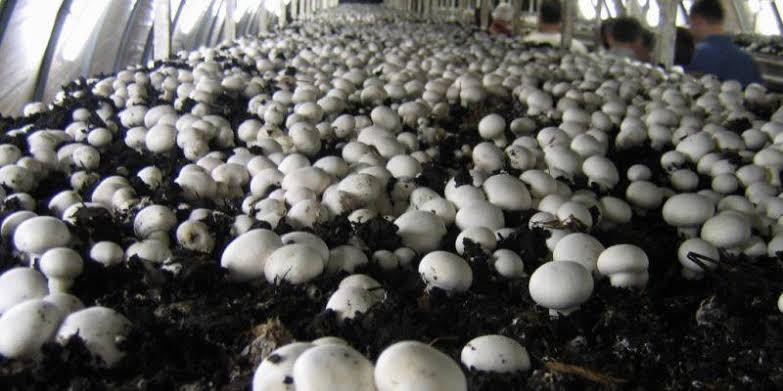Do's and Don't in mushroom cultivation
DO’S in mushroom cultivation
· Knowledge: Research is a very vital step if you want to get it right from the start. Gather all the important information for farming.
Sterilization:
sterilization very crucial step, keeping the area neat and clean. Observe the bags daily if there is contamination discard the bag so that it won't contaminate other bags. Sterilization of substrate in an autoclave at 121 degrees Celsius 15 lb pressure for 60 to 90 minutes.
Market Analysis:
Medicinal mushroom requires a complete market survey, your network equals to your net worth. Start marketing your production at least two weeks before it's ready.
Spawn:
Buy spawn from reputable sources you may be doing everything right but if the spawn is bad, the results will be bad too.
Don't in mushroom cultivation
· Don’t believe everything you hear or read – every farmer’s story is different and every farmer has different temperatures and humidity enviroment.
· Don't skip any step
· Don’t harvest too early or too late .
Mushroom care and prevention from disease
Mushroom care
· Temperature: optimum temperature require for the spawn running is 24celsius – 28celsius. Fruiting require an optimum temperature is 25celsius – 35celsius.
· Humidity : the optimum humidity required is 70-85%.
· Carbon dioxide concentration : 1500ppm CO2 is required during pining period and 1000ppm CO2 is required for the cap formation and growth.
Prevention from disease
· The inoculated bags should be placed in a clean room with no direct sunlight.
· Bacterial & fungal infection:
Bacterial and fungal diseases are a major problem in mushroom cultivation; a high percentage of products are lost due to lower productivity, decrease in quality and shortened shelf life. Although careful farm management and extreme hygiene may prevent major attacks
Controls, such as lowering relative air humidity, and watering with low concentration of chlorine solution (calcium chloride and chlorinated compounds) are currently the most commonly utilized chemicals for blotch disease control
· Pest control
Throughout the world Sciarid flies, phorid flies, cecids, springtails, mites and nematodes are important pests of cultivated mushrooms. These pests damage the crop right from spawning to harvesting of the crop. Mushroom flies damage the crop directly and also help in spreading various mushroom diseases. Spray of neem oil on infected bags and yellow sticky traps for controlling pest.
For more details regarding mushroom cultivation and mushroom consultancy
Contact us 9808786172 , prakriti.msl@gmail.com




